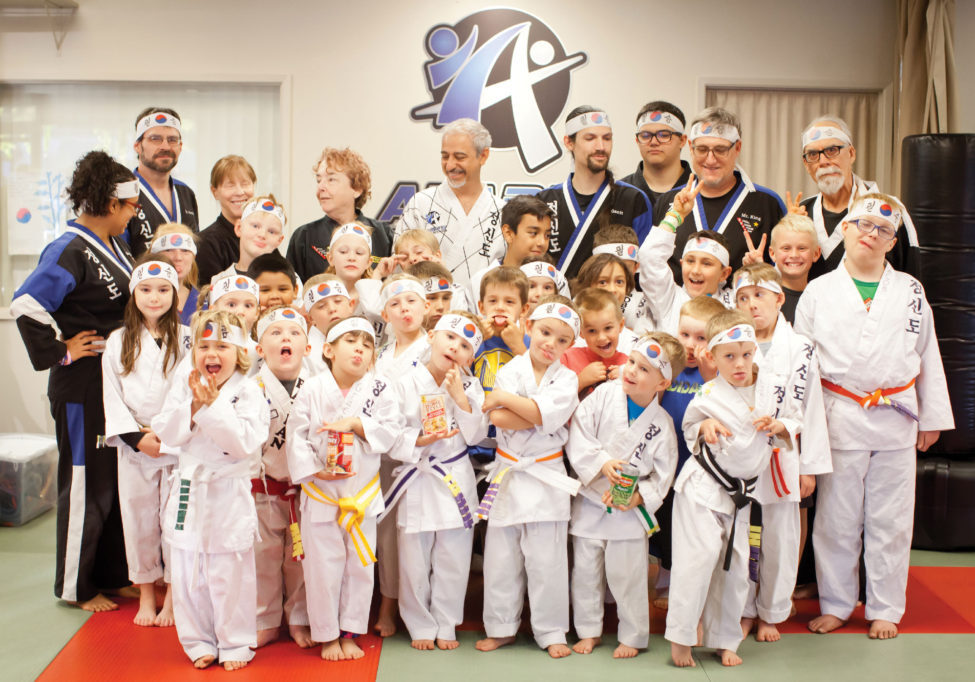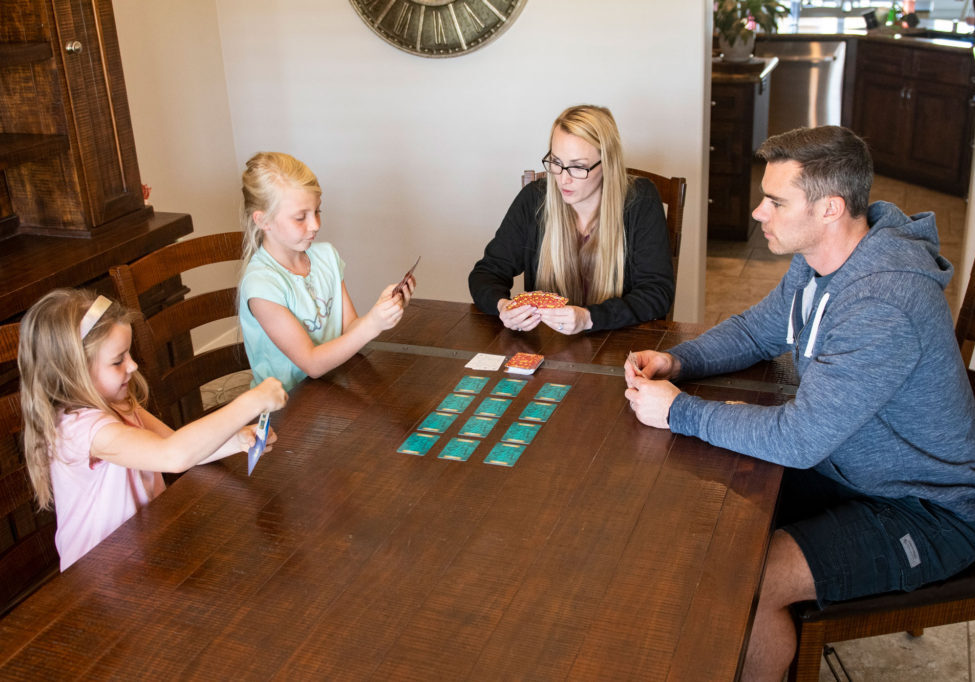November is National Adoption Month, and a good time to educate people about the critical need for adoptive families for children and youth in foster care and beyond.
Approximately 135,000 children are adopted in the United States each year. About 60 percent of those are from the foster care system, and roughly 15 percent are from parents who voluntarily relinquish parental rights.
Each adoption story is unique, and the road to adoption is always filled with sacrifice, love, and many emotions. Two families in the North State recently shared their stories with us and gave some insights into the emotional realities of the process, as well as some advice for others considering foster care or adoption.
Research shows open adoptions are better for children
Before the 1970s, adoptions were typically a closed affair. Records were sealed, and adopted children knew little to nothing about their biological families. In the past few decades, research has shown that open adoptions — where both sets of parents and the child all maintain contact — are better for children. These open adoption relationships can ebb and flow, changing as everyone involved grows and matures.
Open adoption encourages the exchange of information and continued contact after placement, and there is typically a mutually acceptable level of contact that is agreed upon by all involved. In semi-open adoptions, the child may know basic information about their birth family, but there is no direct contact between that family and the new family and no contact from the birth family to the child.
The Ward family of Butte County went through the open adoption process 11 years ago with their first child. Elaine Ward tells people that meeting her daughter’s birth mom for the first time “was like going on a first date.”
There are a lot of misconceptions surrounding adoption, and Elaine says that one of the most common beliefs about open adoption is that it’s akin to a co-parenting situation. “People think that the birth parents have a say in how we raise our daughter, but we are her legal guardians — her legal parents,” Elaine explains.
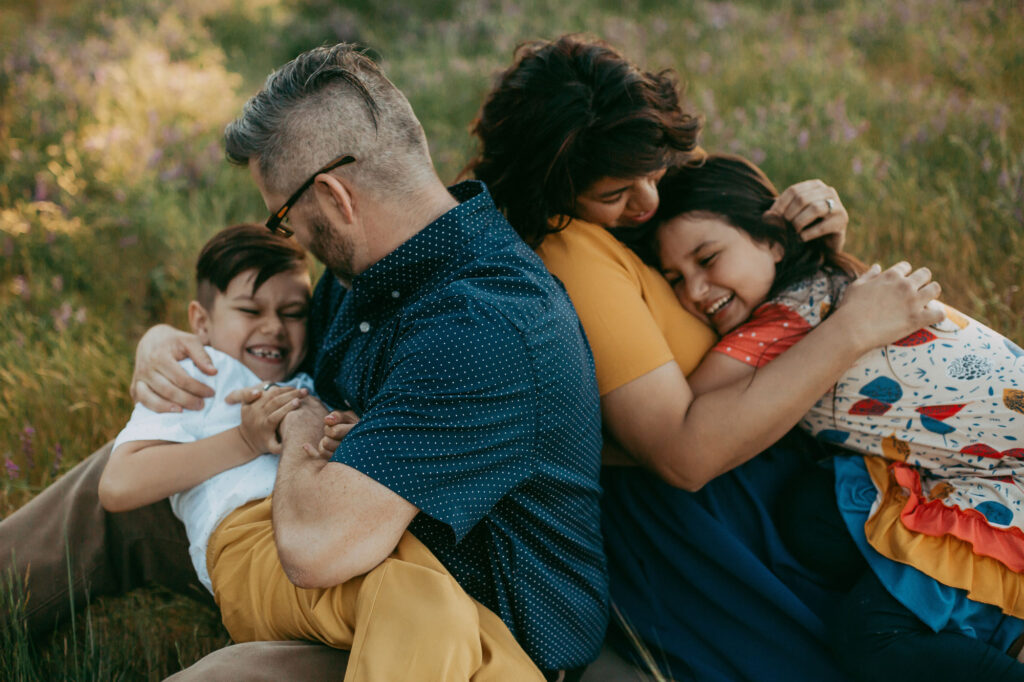
It’s common for children to feel sad sometimes
Adoption is an emotional experience for everyone involved. Elaine says that anyone considering adoption should be prepared for “sadness that can come and go.” She explained that children can struggle as they come into their own identity and that it’s common for them to feel sad about their adoption sometimes, even though they “may have a super loving home.”
Even though their daughter’s birth mom has made it clear that she felt she made the right decision in placing the baby with them, Elaine says she still finds herself wondering, “Does she ever question or regret the decision that she made?” or “Am I living up to the expectations that the birth parents had?”
Michell Vlahos and her wife, from Butte County, began their adoption journey in 2014 when they started fostering two children through kinship care. “We got licensed so that we could bring them home,” Michell says. “And then, after that, it just felt like we were supposed to be in the foster care system.”
Kinship care is when children are taken care of by relatives or someone who already has a close relationship with the child’s family. More than 34 percent of the 55,000 foster children in California are placed with relatives.
Adoption is not all sunshine and rainbows
Elaine and Michell stress that even though adoption is a wonderful thing, it’s not what many feel-good movies and television shows make it out to be. “It’s not all sunshine and rainbows,” Elaine says. She says parents considering adoption must be aware of the emotional ups and downs and, often, the trauma that comes with adoption.
Even when children are adopted at a very young age, they can carry trauma, whether from neglect, abuse, or not having a chance to bond with a caregiver if they end up in many foster homes. This trauma can lead to different types of behaviors. Some kids may become withdrawn, while others may act out. Adopted kids may also have a hard time trusting people. They may have trouble forming attachments. All of these behaviors are normal reactions to trauma.
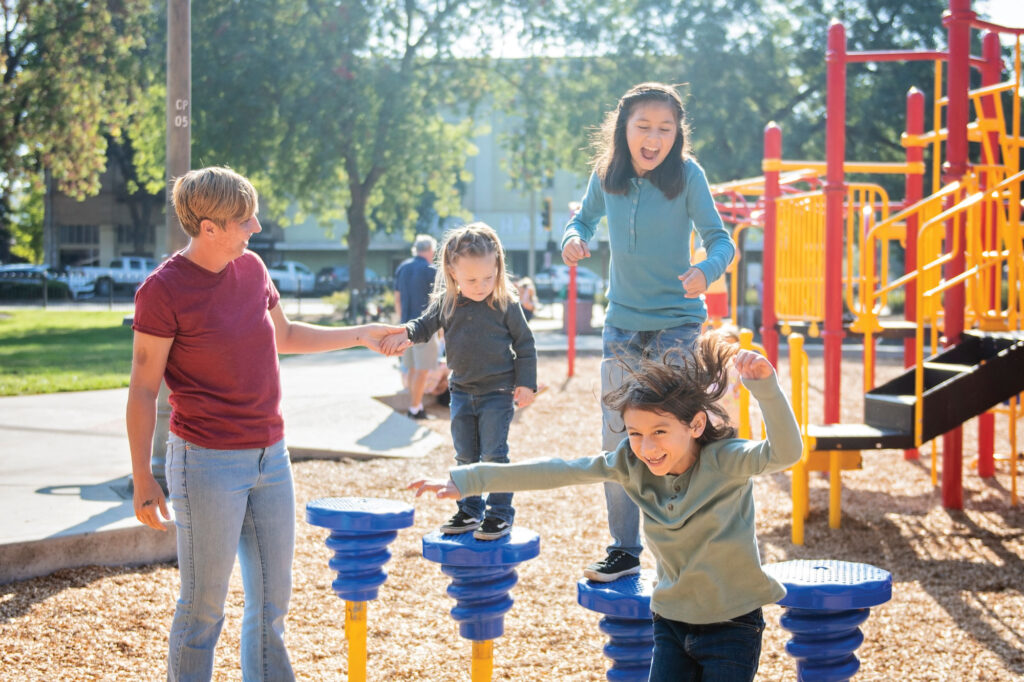
The waiting period can be nerve wracking for adoptive families
Both families agree that waiting for the adoption to be finalized is one of the hardest aspects of the process.
Depending on the state you live in, the waiting period to finalize an adoption can range from six months to more than a year. This can be nerve-wracking for adoptive parents who have cared for a child for months, even years, because the birth parents can legally change their minds at any time before the final papers are signed.
In Elaine’s case, the waiting time was shorter, which can happen if the birth parent is certain about relinquishing all rights or wants immediate closure.
Michell echoes the difficulty of waiting while going through the adoption. Along with the lengthy process, she recalls, “We were scared that somebody was just going to come out of the woodwork and say, ‘I’m gonna fight for them.’ And we’d had them for a year and knew that we wanted them from day one.”
 Fostering and adopting is a big learning curve
Fostering and adopting is a big learning curve
The state requires potential and existing foster parents to take a certain number of classes and training prior to accepting a placement. Approval for licensure and certification usually takes between three to six months, and licenses are valid for 12 months.
Michell says that fostering and adoption “was a really big learning curve for us” and recommends for anyone who is interested in doing foster care to “take all the classes you can to expand knowledge because it will benefit kids that you’re fostering.” With their last foster child, she says, they were much more prepared than they were with the first two after taking classes offered through Butte college.
The state also offers extra training, such as Emergency Foster Home training, which prepares foster parents for taking children at a moment’s notice to get them away from an extreme situation.
There is also the Options for Recovery program, which trains foster parents and caregivers on how to provide care to some of the most vulnerable children in the community. This program serves children who are medically fragile, or diagnosed with symptoms resulting from or suspected as resulting from substance abuse by a parent.
Keeping children connected to their heritage
Part of the adoption learning curve for both families was the importance of keeping their children connected to their heritage in whatever way they could.
For Michell, one of the most important things she’s learned through the fostering and adoption process is being transparent with the children about where they came from in an age-appropriate way.
Many foster children have limited knowledge or memories of their birth parents, and she feels it’s vital to connect children with a part of their story, giving them whatever details are available. It can be as simple as pointing out that they got their hair color or eye color from their birth mom or they share the same interests as their birth dad. “We have to go out of our way to make sure their story is told,” Michell says. “And that’s really cool. And we love doing it.”
Posted in: Youth & Teen
Comment Policy: All viewpoints are welcome, but comments should remain relevant. Personal attacks, profanity, and aggressive behavior are not allowed. No spam, advertising, or promoting of products/services. Please, only use your real name and limit the amount of links submitted in your comment.
You Might Also Like...
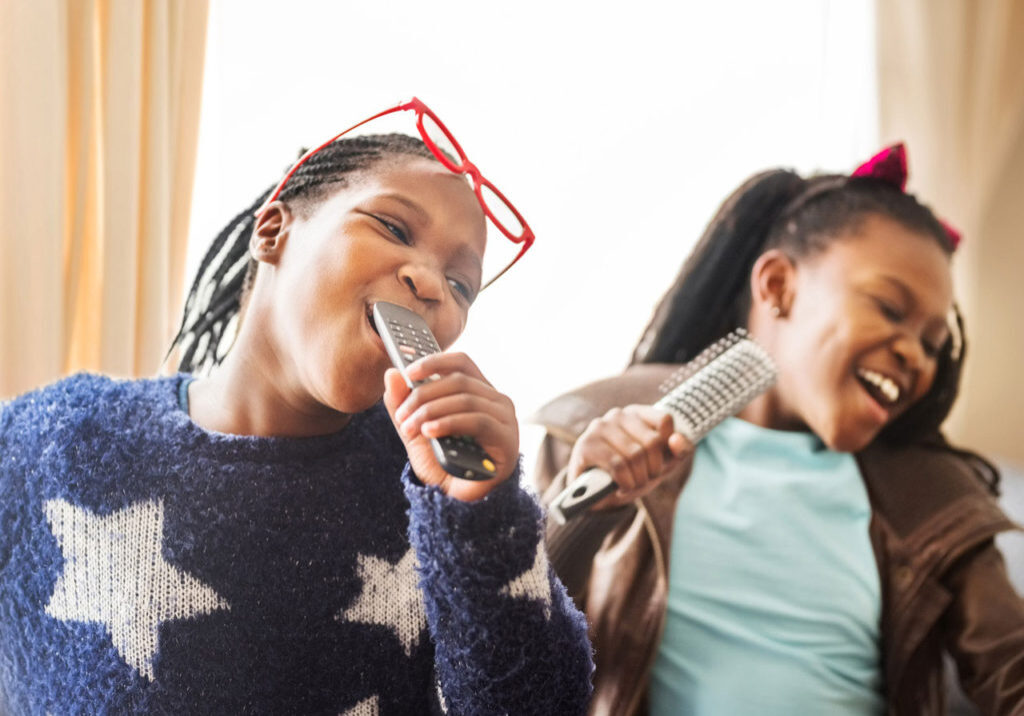
The Magic Of Singing: 70 Reasons To Encourage Your Kids To Raise Their Voices
It happened a couple of years ago. My ten-year-old daughter was moping around the house, grousing about some aspect of our lives that was not as ideal as she perceived […]
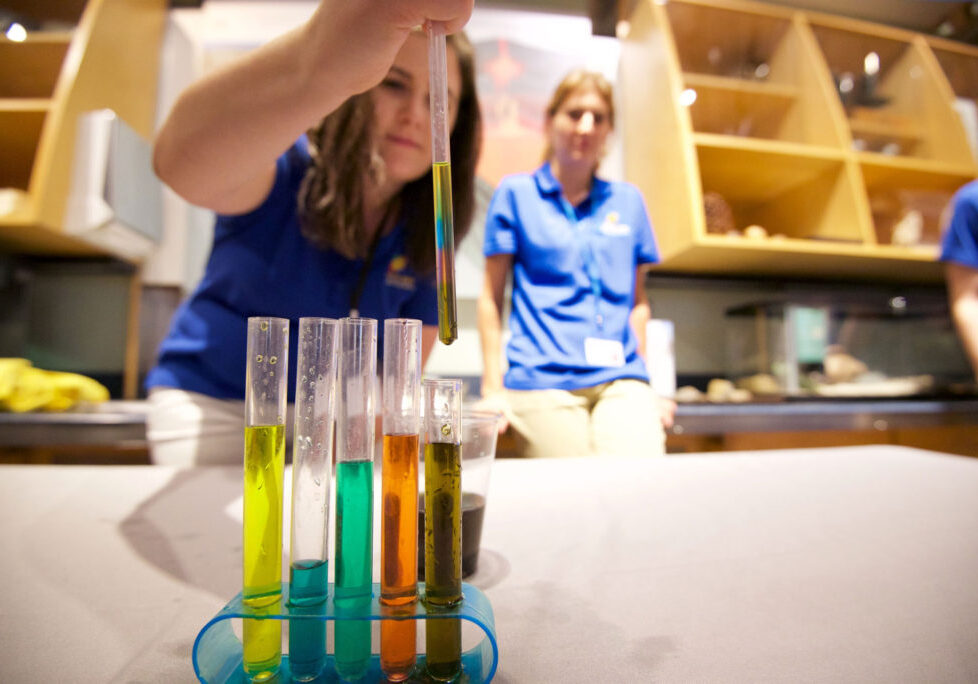
Summer Camps & Classes
After a year when your kids have missed social time with friends, the good news is that summer camp — during the day — is making a comeback in the […]
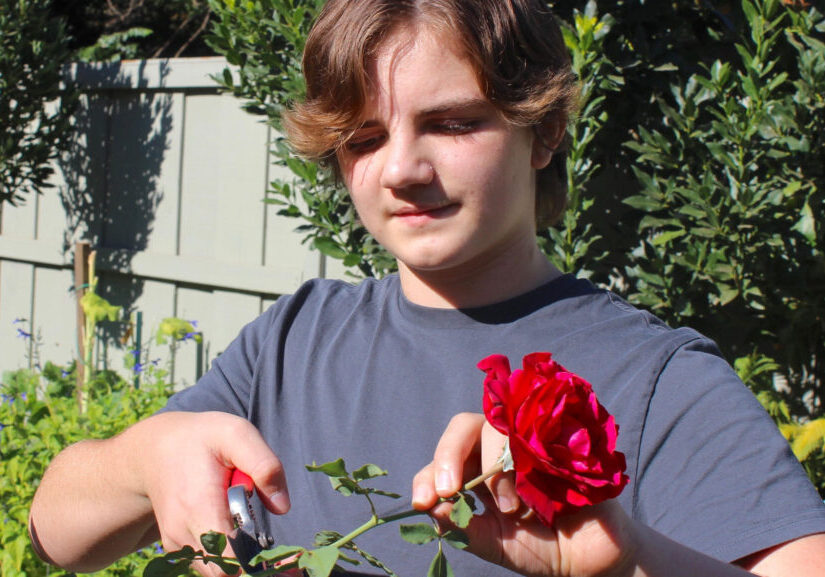
Chico’s Festival of Roses Welcomes Young Rose Lovers
The annual Festival of Roses, hosted by the Butte Rose Society, is set for 1-4:30 pm, October 30 at the Chico Community Center, 545 Vallombrosa Ave. Several events are designed […]
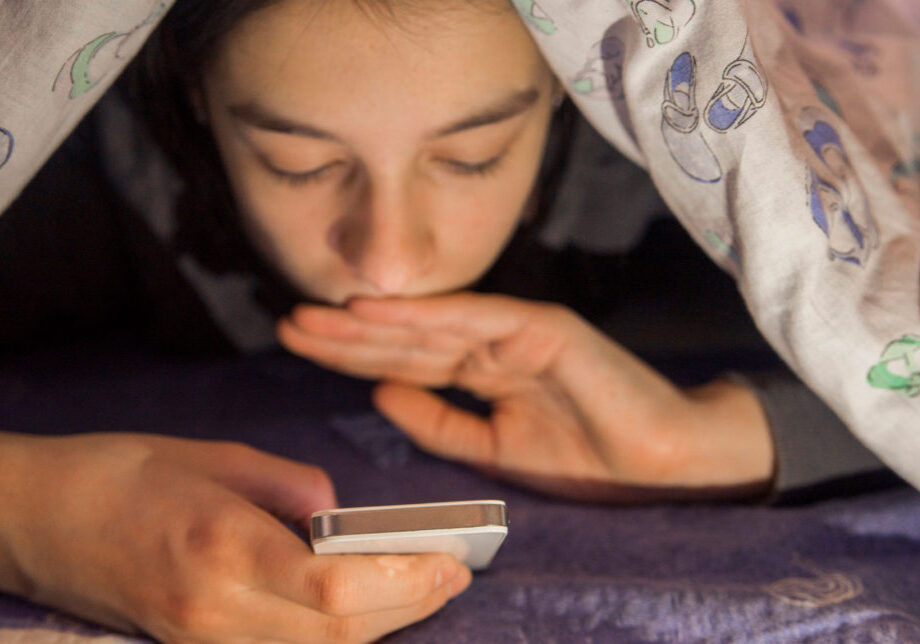
Respecting Your Teen’s Privacy in a Digital World
Teens by nature crave independence and privacy. As parents, how far should we go to respect their privacy while still ensuring that they’re making sound decisions? “The goal is for […]



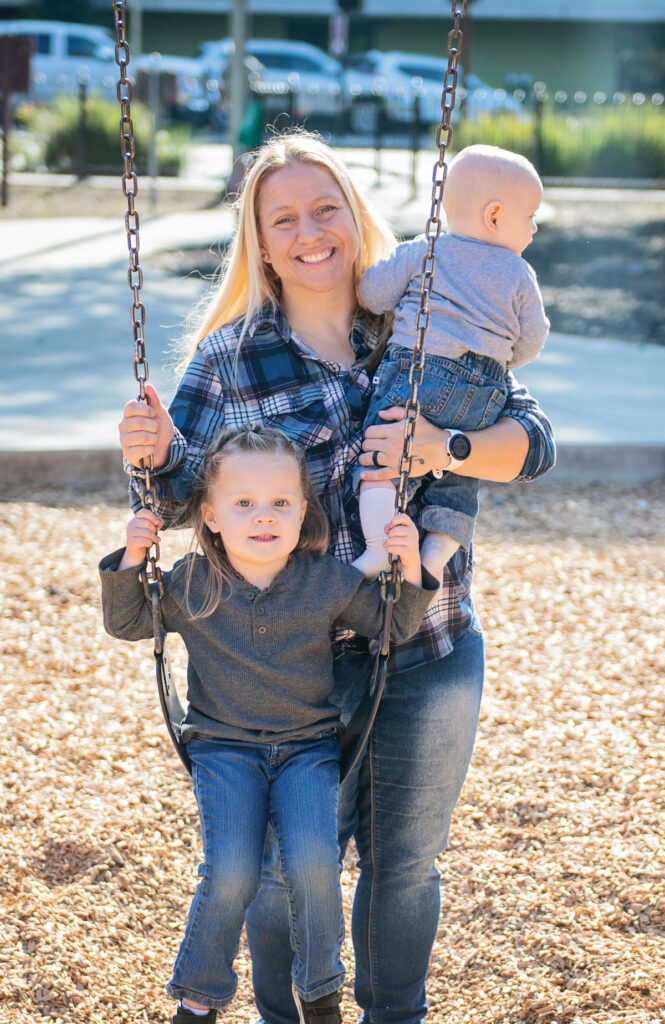 Fostering and adopting is a big learning curve
Fostering and adopting is a big learning curve